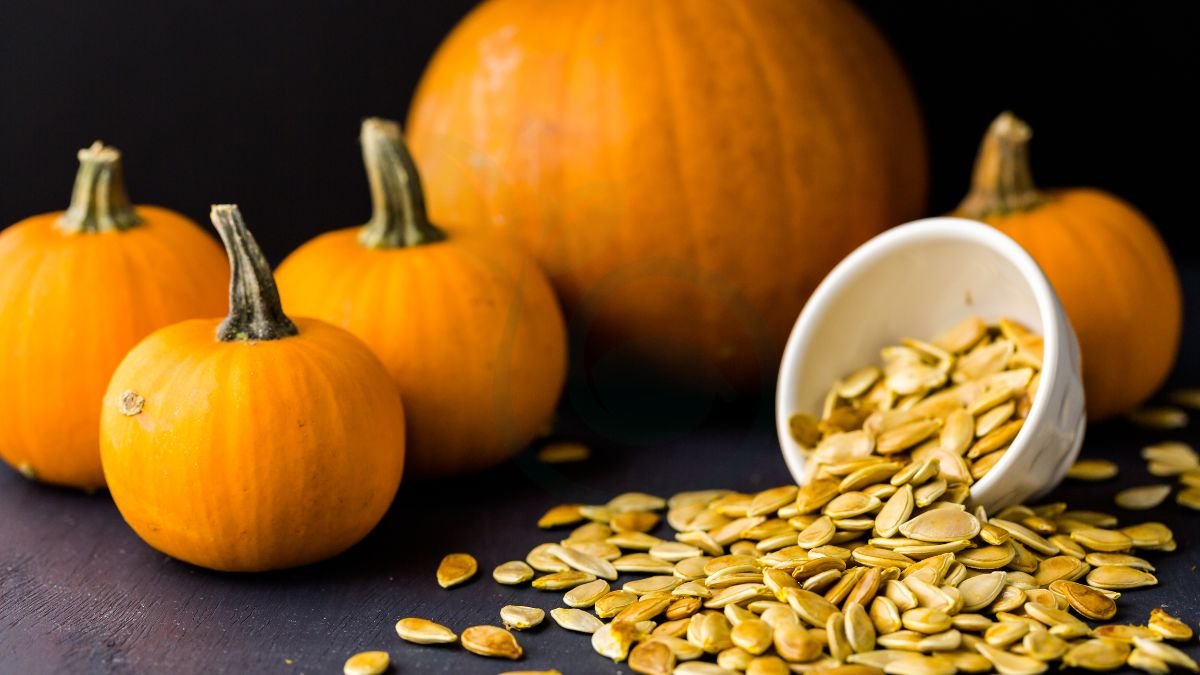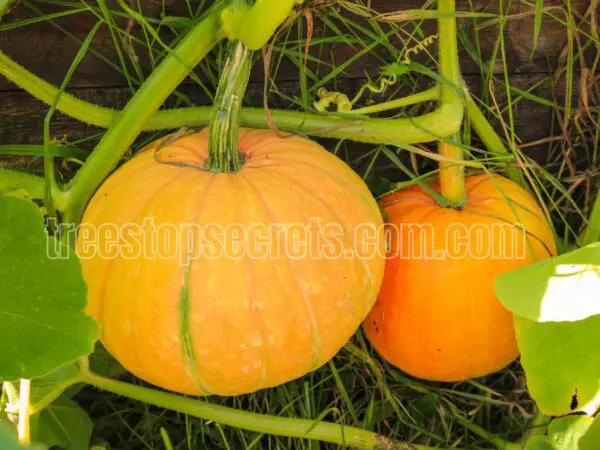Looking to save pumpkin seeds for growing next year? Learn the complete guide inside to preserve and store pumpkin seeds successfully. Discover how to select, clean, dry, and store pumpkin seeds for optimal germination in the following planting season. By following these easy techniques, you can ensure a bountiful harvest of pumpkins year after year.
Get ready to embrace the cycle of seed saving and witness the contrast between simply discarding pumpkin seeds and reaping the benefits of growing your pumpkins from saved seeds. Say goodbye to wastage and hello to sustainable gardening practices with these straightforward tips on saving pumpkin seeds for future plantings.
Key Takeaways
- Selecting Pumpkins: Choose healthy, mature pumpkins for seed saving to ensure viable seeds for the next planting season.
- Rinsing Seeds: Thoroughly rinse pumpkin seeds to remove any pulp or debris, which can prevent mold growth during storage.
- Drying Process: Properly dry pumpkin seeds before storing them to prevent moisture-related issues and maintain seed viability.
- Storing Seeds: Store dried pumpkin seeds in a cool, dry place in a breathable container to maintain their quality until the next planting season.
- Seed Care: Handle pumpkin seeds with care during the saving process to avoid damaging them and ensure successful germination when planted.
- Planting Next Year: When planting saved pumpkin seeds, follow recommended planting guidelines to maximize growth and yield in the new season.
Selecting Pumpkins
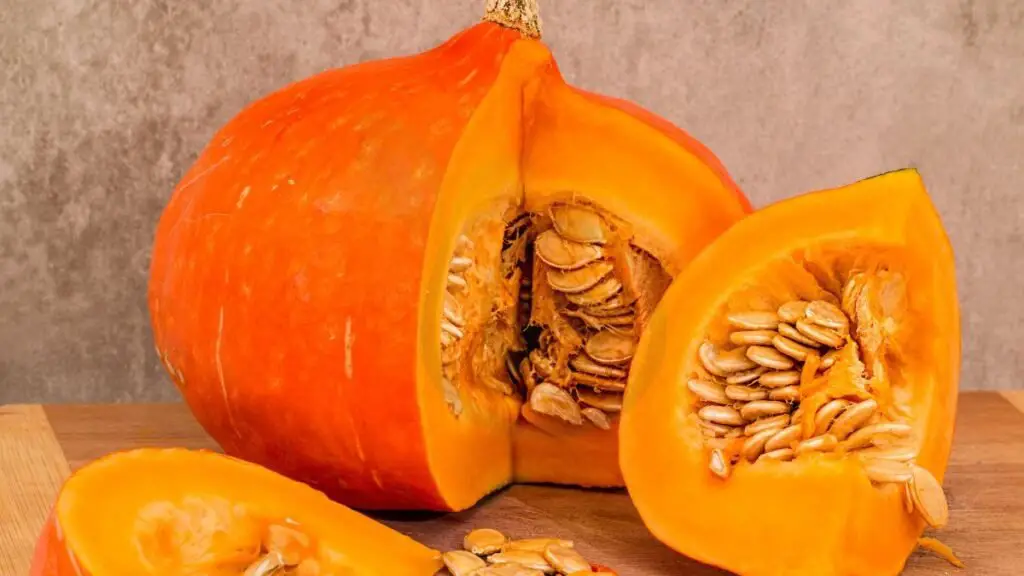
Importance of Selection
Choosing pumpkins from heirloom or open-pollinated plants is crucial for viable pumpkin seeds. Avoid hybrid plants to maintain genetic consistency in offspring. Opt for ripe and shapely pumpkins for optimal seed saving results.
Best Varieties
For quality seed production, select specific pumpkin varieties known for their ability to produce high-quality seeds. Consider heirloom pumpkin varieties as they often provide reliable seed-saving outcomes. Choose pumpkins with desirable traits that you want to see in future plantings.
Signs of Maturity
To ensure successful seed saving, look for signs of maturity in the pumpkins you select. Fully developed color and a hardened rind are indicators of mature seeds. Check for dried stems and firm skin, which signal that the seeds are ready for harvesting. Harvest only fully ripe pumpkins for next year's seed planting.
Cutting Open
Safe Techniques
Using a sharp knife is crucial for cutting open the pumpkin effectively and safely. Handle sharp tools with caution to avoid any accidents during the seed extraction process. Employ proper techniques to ensure safety while saving pumpkin seeds.
Preserving Flesh
Carefully separate the seeds from the pumpkin flesh to prevent any damage. Preserve the pumpkin flesh for consumption or other purposes, ensuring minimal waste by efficiently extracting seeds and preserving the flesh.
Scooping Seeds
Efficient Methods
To optimize seed-saving processes, ensure you scoop out pumpkin seeds carefully to avoid damaging them. Separate the pulp from the seeds by rinsing in a colander under running water. Spread them out on a flat surface to dry thoroughly before storage.
- Use a spoon or your hands to scoop out the seeds efficiently.
- Rinse the seeds well to remove any remaining pumpkin flesh.
- Dry the seeds completely before storing them to prevent mold growth.
Tools Needed
Gather essential tools like a sharp knife for cutting open the pumpkin and a spoon for scooping out the seeds. Prepare a cookie sheet to lay out the seeds for drying after rinsing. Organize your saved seeds by using labels and envelopes for easy identification and storage.
- Sharp knife: for cutting open the pumpkin easily.
- Spoon: for scooping out the pumpkin seeds efficiently.
- Cookie sheet: for drying the cleaned seeds before storage.
- Labels and envelopes: for organizing and storing saved seeds properly.
Rinsing Seeds
Proper Cleaning
Rinse pumpkin seeds under cool water to clean and remove debris for successful storage. Use gentle techniques.
Ensure seeds are free from contaminants before drying to prevent mold development and ensure viability.
Removing Pulp
Carefully separate pulp from pumpkin seeds to avoid mold growth during storage. Ensure thorough cleaning.
Use gentle methods to detach seeds from pulp without causing damage, ensuring optimal storage conditions.
Drying Process
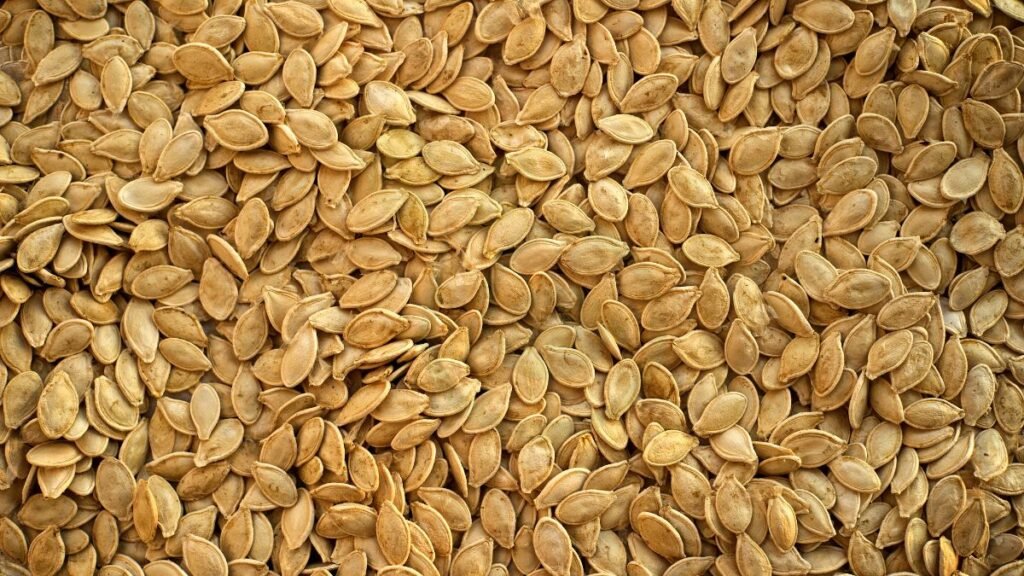
Laying on Sheet
Spread seeds evenly on a cookie sheet for drying. Arrange seeds in a single layer to facilitate drying effectively. Ensure seeds are well-distributed for optimal air exposure.
Natural Drying
Allow seeds to dry naturally in a cool, dry area for about a week. Utilize natural methods to maintain seed quality. Ensure proper airflow around the seeds during the drying process.
Monitoring Progress
Check seeds daily for progress during the drying period. Monitor consistently to prevent mold or moisture issues. Ensure uniform drying by regularly tracking the seeds' progress.
Storing Seeds
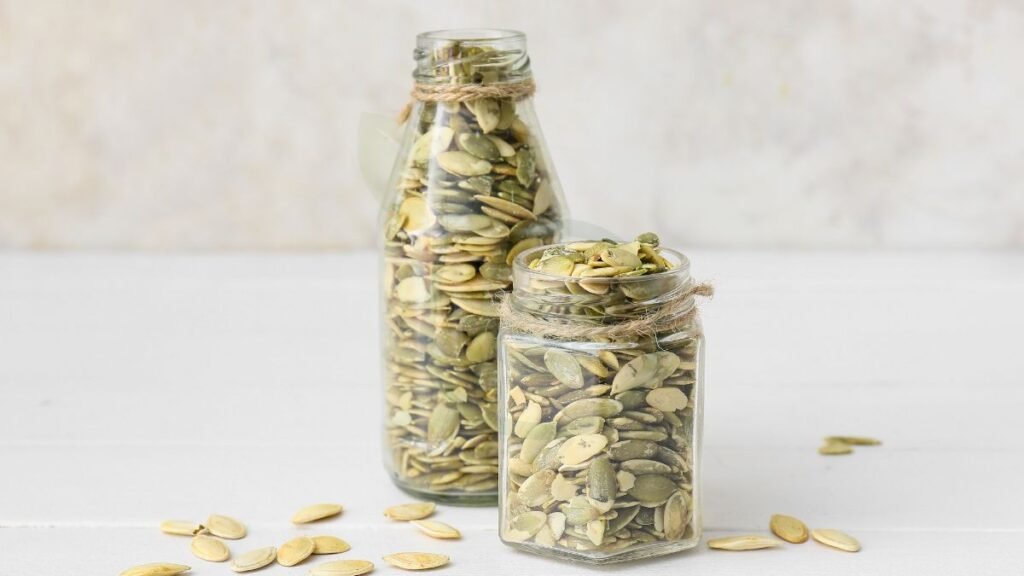
Ideal Conditions
Maintain a cool and dry environment for seed drying to ensure optimal preservation. Consistent temperature and humidity levels are crucial for promoting longevity and viability. Store seeds in conditions that support their quality over time.
Envelope Storage
Store dried pumpkin seeds in labeled envelopes to facilitate easy identification when needed. Utilize envelopes for organized and efficient seed storage, ensuring each envelope is properly sealed to protect the seeds from moisture.
Labeling Seeds
Label each envelope with the specific pumpkin variety and the date when the seeds were saved. Clear and descriptive labels are essential for quick and accurate seed identification. Accurate labeling helps in tracking different seed varieties and their respective saving dates.
Seed Care
Longevity Tips
Proper storage practices are crucial to extend the longevity of saved pumpkin seeds. Implementing these tips is essential for ensuring that the seeds remain viable for future planting. By storing the seeds in optimal conditions, you can maximize their shelf life.
To maintain the viability of pumpkin seeds, it is important to keep them in a cool, dry place. Moisture exposure can significantly reduce the quality of the seeds, so avoiding humid environments is key. Storing the seeds in airtight containers helps minimize moisture absorption and preserves their quality.
Avoiding Moisture
- Store seeds in a cool, dry place.
- Avoid humid environments.
- Keep seeds in airtight containers.
Planting Next Year
Germination Testing
Conduct germination tests to check seed viability before planting. Perform the water test to determine the germination potential of seeds. Ensure seeds are viable by testing their germination rate prior to planting.
Soil Preparation
Prepare soil with adequate nutrients and drainage for successful seed planting. Ensure soil is well-draining and fertile to support seed germination. Follow proper soil preparation techniques to optimize seed growth.
Benefits of Saving
Environmental Impact
Saving pumpkin seeds from your garden reduces waste and promotes sustainability. By reusing seeds, you contribute to environmental conservation efforts. Home seed saving plays a crucial role in protecting biodiversity.
Seed-saving practices help in maintaining the genetic diversity of plants, which is essential for ecosystem resilience. Growing plants from saved seeds also supports pollinator populations, aiding in ecological balance.
- Promotes sustainability
- Reduces waste
- Protects biodiversity
- Supports ecosystem resilience
Cost Savings
Growing pumpkins from saved seeds can lead to significant cost savings. Seed saving is a cost-effective alternative to purchasing new seeds every season. It offers financial benefits for your future gardening projects.
By saving seeds, you eliminate the need to buy new ones, thereby cutting down on gardening expenses. This process not only saves money but also ensures a sustainable gardening practice for the long term.
- Save money on seeds
- Cost-effective gardening option
Closing Thoughts
In saving pumpkin seeds for next year, you've learned the essential steps from selecting the right pumpkins to planting for a successful harvest. By following these guidelines, you ensure the viability and health of your seeds, setting yourself up for a bountiful pumpkin crop in the future. Remember, proper seed storage and care are crucial to preserving their quality and ensuring robust plants when you sow them next season.
Now that you have mastered the art of saving pumpkin seeds, it's time to put your knowledge into action. Get ready to enjoy the satisfaction of growing your pumpkins from seeds you saved yourself. Start planning for next year's pumpkin patch and watch your efforts bloom into a rewarding harvest!
Frequently Asked Questions
How do I select the best pumpkins for saving seeds?
When selecting pumpkins for seed saving, choose healthy, fully mature pumpkins with no signs of rot or damage. Look for vibrant color and firm skin to ensure viable seeds.
How should I store pumpkin seeds for planting next year?
To store pumpkin seeds for planting next year, ensure they are completely dry before placing them in an airtight container. Store the container in a cool, dark place to maintain seed viability.
What is the importance of rinsing pumpkin seeds before drying?
Rinsing pumpkin seeds helps remove excess pulp and debris, preventing mold growth during the drying process. Clean seeds have a higher chance of germination success when planted the following year.
Can I speed up the drying process for pumpkin seeds?
You can accelerate the drying process by spreading rinsed pumpkin seeds in a single layer on a paper towel or mesh screen. Ensure good air circulation and low humidity to expedite the drying time.
How should I care for pumpkin seeds during storage?
Properly stored pumpkin seeds should be kept in a cool, dry place away from sunlight and moisture. Check stored seeds periodically for any signs of mold or damage and discard any compromised seeds promptly.
Image Source: Paid image from CANVA

